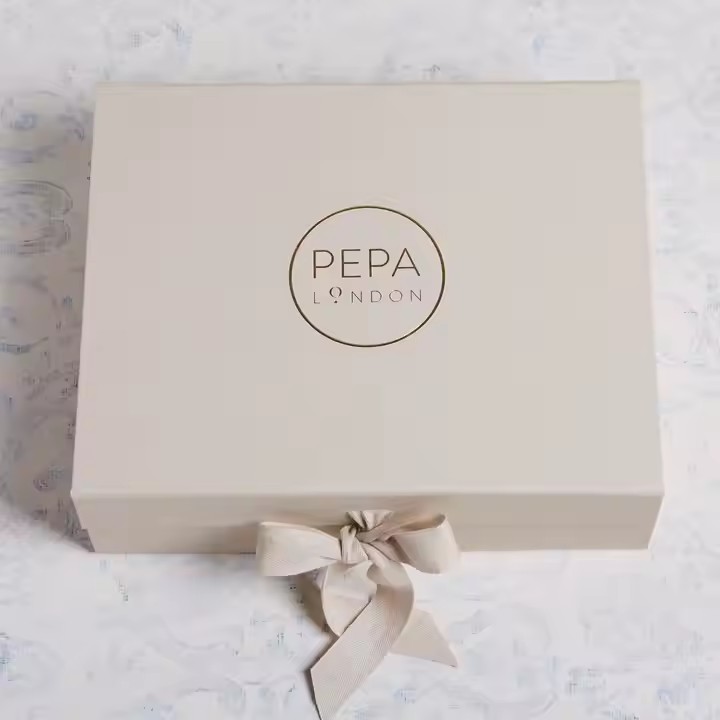In today’s conscientious era, the shift towards environmentally sustainable practices is more crucial than ever. One notable stride in this direction is the widespread adoption of paper packaging, which serves as a commendable alternative to conventional plastic packaging. This transition bears significant ecological advantages, primarily owing to the swift degradation of paper packaging compared to the enduring lifespan of plastic counterparts.
- Rapid Degradation and Environmental Significance:
- Paper packaging boasts an impressive degradation speed, typically completing the process within 3-4 months. In stark contrast, plastic packaging demands a staggering 100-200 years for decomposition, underscoring the profound environmental significance of embracing paper alternatives.
- Recyclability and Air Pollution Reduction:
- Both paper and plastic packaging can be recycled, but paper takes a step further by serving as plant fertilizer, contributing to soil enrichment. Opting for paper packaging helps diminish air pollution and promotes a healthier, purified environment.
- Eco-Friendly Material and Printing Advantages:
- Utilizing lower-cost inks and adhesives, such as water-soluble glues and low-solvent inks, enhances the eco-friendliness of paper packaging. The compatibility of paper with various printing technologies, including mature options like printing, spray painting, and UV printing, allows for vivid and intricate designs.
- Artistic Expression and Processing Performance:
- Paper packaging excels in artistic expression, offering strong printing performance that highlights increasingly mature printing technologies. Additionally, it boasts excellent processing performance, accommodating diverse shape requirements and enabling the creation of containers with various properties through folding and sealing methods.
- Functional Structures and Design Flexibility:
- The processing capabilities of paper packaging extend to the design of functional structures, such as windows, handles, inter-wall features, and display tables. This flexibility facilitates the creation of innovative and attractive packaging solutions.
- Surface Processing for Enhanced Properties:
- Through appropriate surface processing treatments, paper and paperboard can acquire essential properties like moisture resistance, insect resistance, barrier capabilities, heat sealing, strength, and other physical attributes. This adaptability positions paper packaging as a versatile alternative that can replace plastic in various scenarios.
In conclusion, the momentum towards environmental responsibility is steering industries and consumers alike towards the undeniable advantages of paper packaging. Its swift degradation, recyclability, eco-friendly attributes, printing prowess, and processing versatility collectively make paper packaging the forefront contender in the ongoing quest for sustainable alternatives. As environmental awareness continues to rise, the complete replacement of plastic packaging with paper is not just a possibility but an imminent reality.







